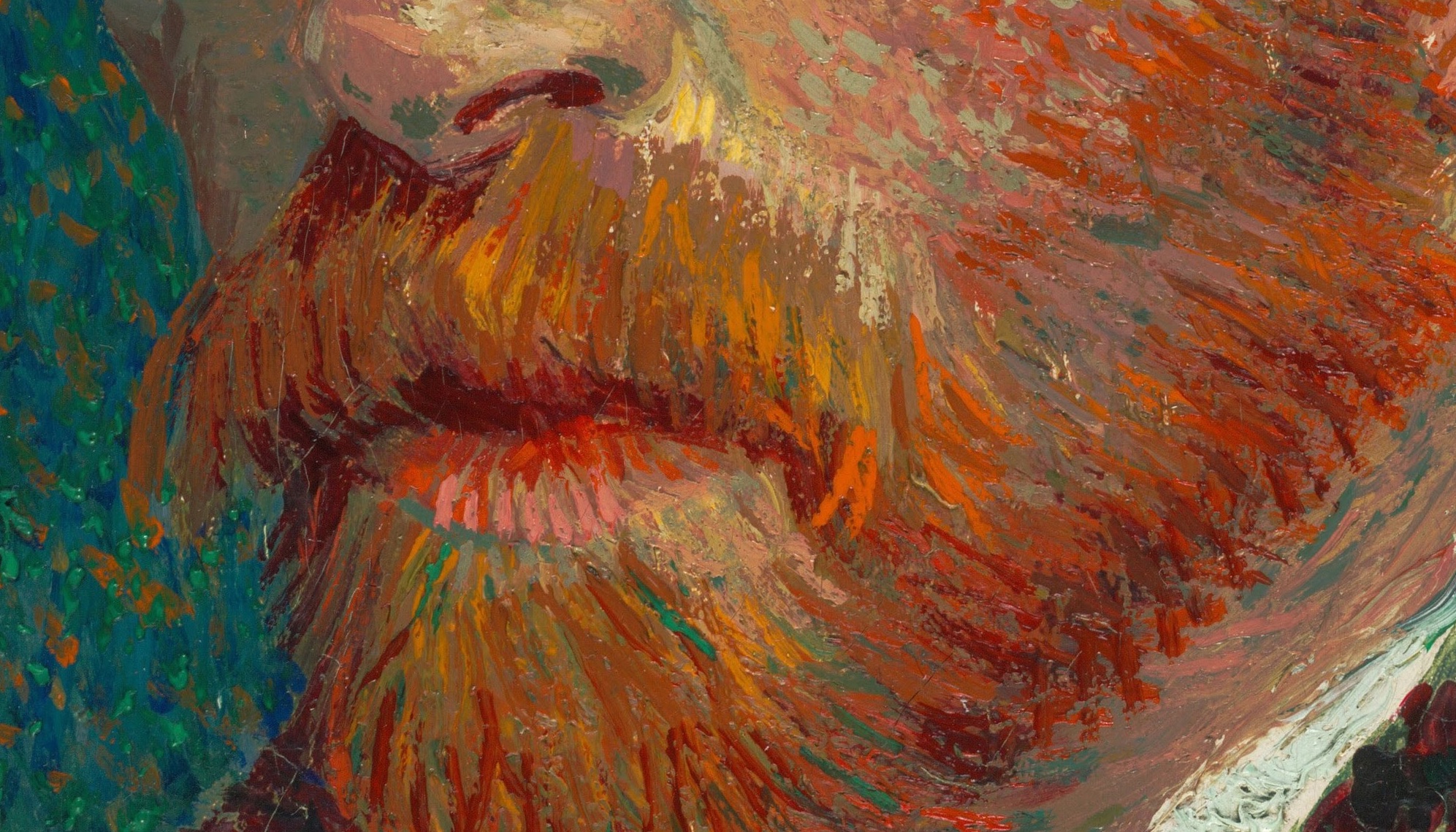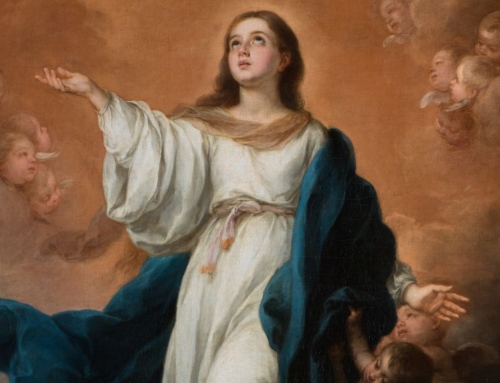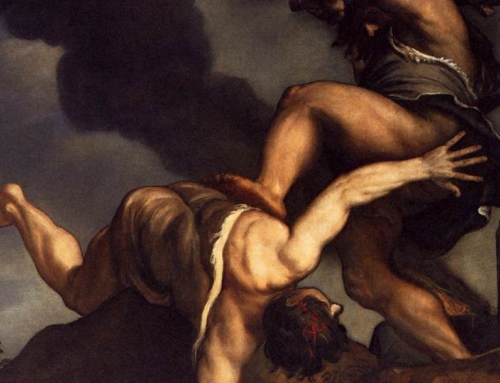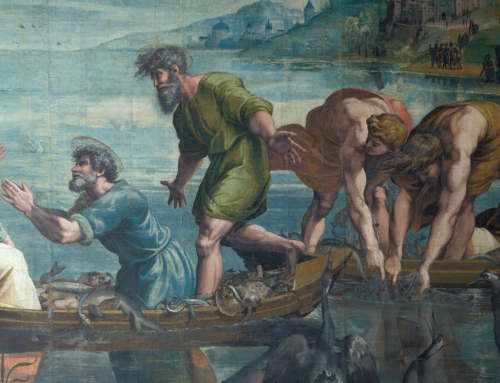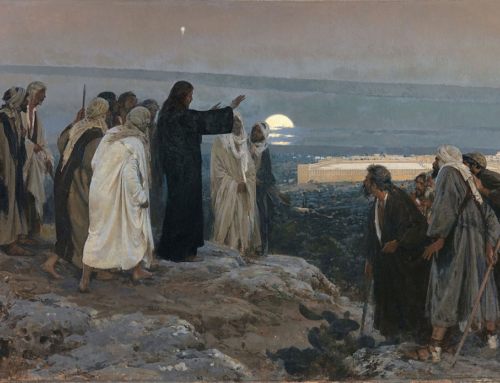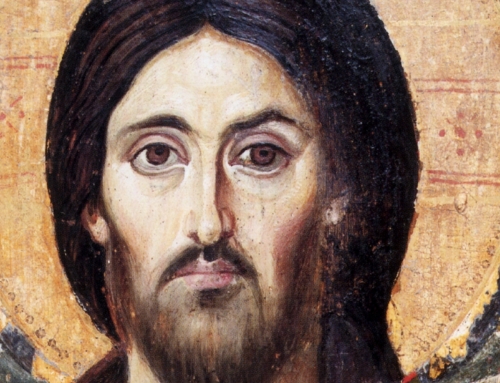This is part of a series entitled, “One-Line Wonders.” Read the series introduction here. To see other posts in the series, click here.
For from the greatness and the beauty of created things, their original Author, by analogy, is seen. (Wis 13:5)
The very reason the artist picks up the brush is to communicate something from the secret places of his heart, something that eludes a quick grasp and slips away between the words of a matter-of-fact statement. How many paintings would be enough to illumine and express every crevice of the heart? A hundred? A thousand? And yet there is indeed a bottom to every human heart, for there is an exact number of days we have lived, the experiences we have had, and the thoughts we have conceived. If it takes innumerable paintings to exhaust the expression of a finite human heart, then what about trying to express the infinite heart of God? If we tried to fit the complete infinitude of who and what God is into our limited creaturely minds, they would explode. In other words, “No one can see [God] and live” (Exod 33:20; John 1:18). But like any friend, God earnestly desires to share himself with us, and not just superficial things but the intimate secrets of his heart. What then would it take for God to make a self-portrait for us, something that we could handle? Here, the Book of Wisdom gives us a first shot at an answer, “For from the greatness and the beauty of created things, their original Author, by analogy, is seen” (Wis 13:5).
Vincent van Gogh is said to have painted over 35 unique self-portraits, each one expressing something different about himself—one glimpse or shade of his personality not captured in another. With God, it is different. No single finite thing could express the infinity of God, so he made a vast array of creatures, spanning a breathtaking spectrum of different perfections. God created the entire universe and all the heavens to communicate who he is and what is in his heart. The goodness of each created thing uniquely expresses some particular piece of the mystery of God. Each individual creature really communicates something about God, and taken all together they are like brushstrokes in God’s self-portrait, which is the whole order of creation.
Pause for a moment to reflect on all the delightful things in the world and the mystery of why they delighted you. The first soft light of dawn, when sleep is sweetest. The autumn scent of pine and fallen leaves. Crystal streams passing on a diligent errand. A twirling leaf as it dances through the ripples, pausing to play in the eddies of a stone. A forest clearing awash with pure sunlight and adorned with wild flowers, flashes of rich purple and iridescent blues. That first whiff of fresh coffee. The smile from a friend delighted to see you. The primordial roar of thunder. The sound of a genuine laugh. A curious mouse. Every flower. Every raindrop. Every sunset. Every snowflake. Every star. Every pebble on earth or on any of the approximately 400 billion planets in our galaxy or in any of the 2 trillion galaxies in the observable universe. Every angel. Every person. You yourself communicate something of the mystery of God’s heart that no other creature has or ever will express.
Yet even the whole order of creation is a true but imperfect self-portrait of God. It does not exhaust the mystery because creation is still something finite and limited. Often, the greater spiritual danger for us is not to think that the world is bad, but that the world is too good. We can be so lost in wonder at the beauty of the world, washed in the Divine Light that shines incandescently through creation, that we forget about its Artist. If we forget about the one in whom all that goodness comes from, then it disorders and corrupts the very purpose of that goodness. It is like the beloved delighting in a love poem while at the same time spurning the adoring poet.
The truth is that God goes even further to share himself with us. God shares himself with even more clarity in the Scriptures. Because it’s hard to tell what exactly a jellyfish reveals about God, the Scriptures use human language and culture to reveal the Divine Mysteries. But God goes still further to share himself. Jesus Christ is the perfect image of the invisible God (Col 1:15). He is the perfect self-portrait because he is not just a representation of God, he is God himself. We no longer try to guess at the Artist through his works. Instead, we are brought into a real relationship with the Artist himself. Then, just as an artist’s friend can figure out more from his work than a stranger could, we come to an even deeper understanding of the beauty in creation. Yet at the same time, with Christ anchored clearly in the center of our lives, we can enjoy the goodness of the world in a way that is ordered and appropriate, rather than perverse and destructive. The goal is to see the Divine Light everywhere and to radiate it ourselves. Christ enables us to do this by his grace given through the power of the sacraments and through prayer, until our whole being becomes the very praise of the glory of God for eternal ages to come . . . starting now!
✠
Image: Vincent van Gogh, Self-Portrait

